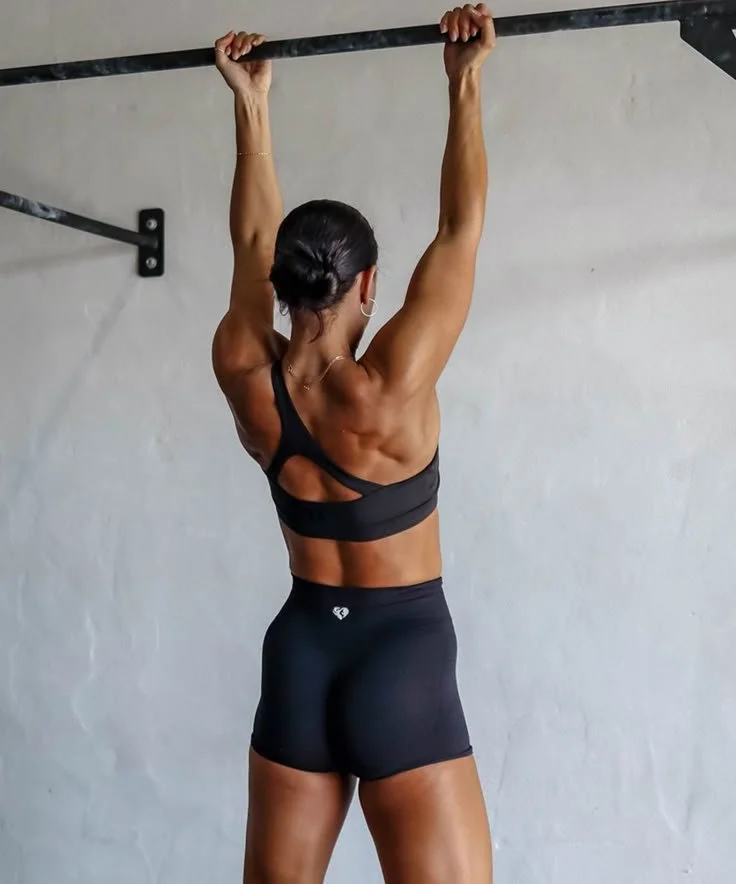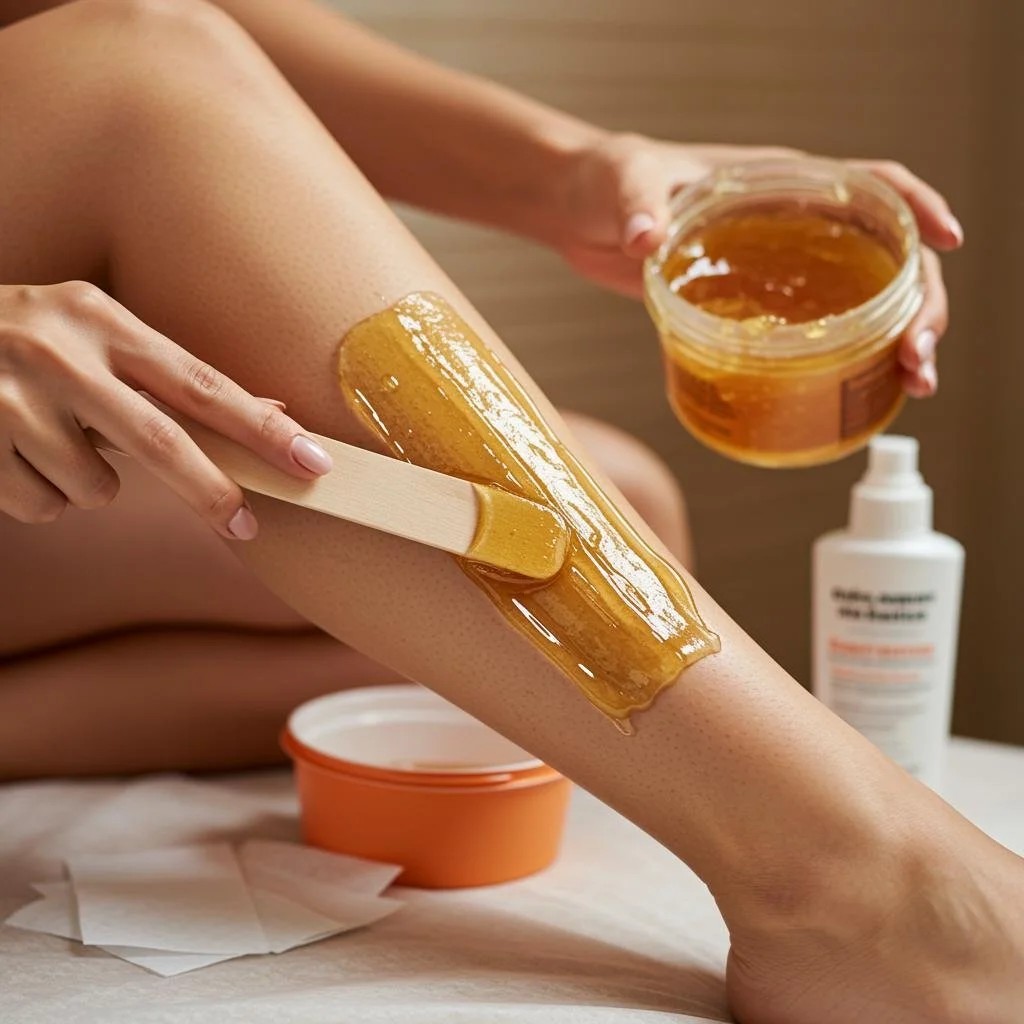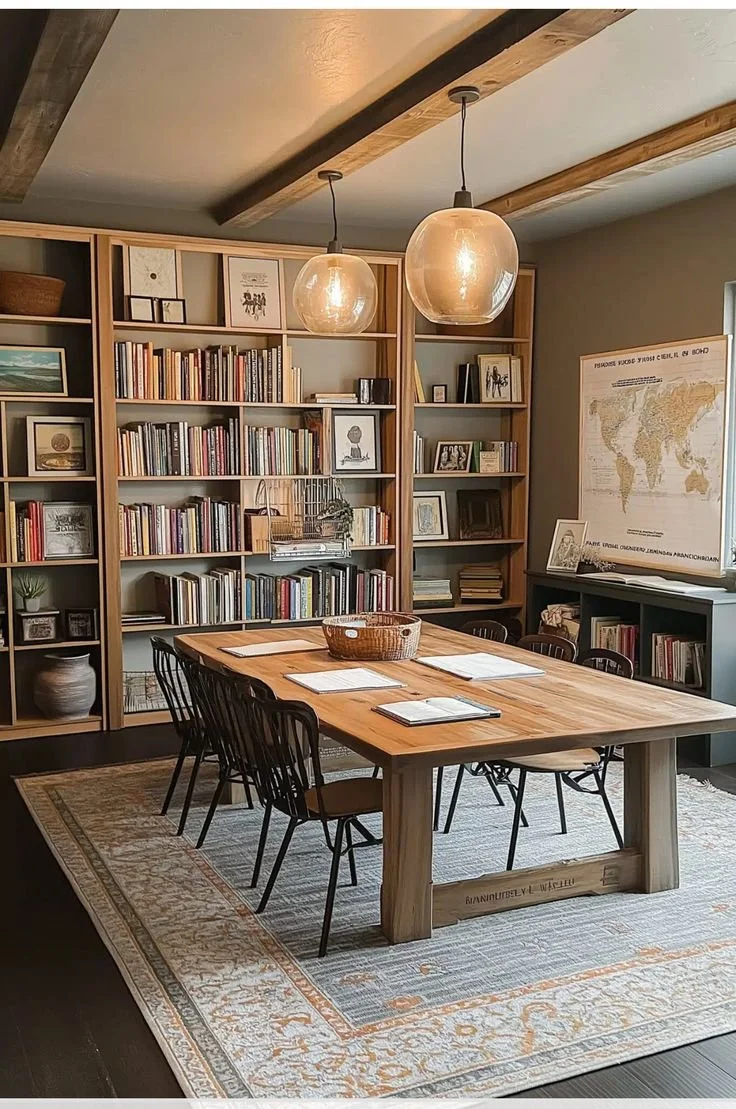Thinking about selling your home or putting a listing on the market? It can feel like a lot to handle, but there are simple ways to make any home more appealing to buyers and increase its value.
One of the best ways to do this is through home staging. A lot of people think staging is just about decorating, but it’s actually about helping buyers picture themselves living in the space. And it works—homes that are staged sell faster and often for a higher price.
In fact, according to the International Association of Home Staging Professionals, staged homes sell 3 to 30 times faster than unstaged ones and can bring in up to 20% more value. This makes it worth investing in the home staging costs.
In 2025, buyers will be drawn to clean, simple designs, eco-friendly touches, and smart home features. If you want to attract serious offers, these trends can make a big difference. In this article, we explore some of the best home staging tips for 2025.
Top Home Staging Tips for 2025
Getting a home ready for buyers is all about making it look welcoming, spacious, and well-maintained.
Here are some simple ways to stage your home so it stands out:
No. 1
Declutter the Space
Start by going through each room and removing anything that is no longer needed. This not only makes the space look bigger but also helps with packing if you are planning to move.
In smaller homes or apartments, a few simple tricks can make a big difference. Lighter shades on walls, furniture, and decor help reflect light, making the space feel open and airy.
Mirrors are another great way to create the illusion of depth. A large mirror placed on one wall can instantly make a room feel larger.
The way furniture is arranged also matters. Keep walkways clear and avoid placing bulky pieces in the middle of the room to create a better sense of flow.
No. 2
Deep Clean Every Corner
Once the clutter is gone, it’s time for a deep clean. Wash the windows, mop the floors, and shampoo the carpets to refresh the space.
Dust every surface, polish furniture, and vacuum thoroughly. Ceiling fans and air vents should also be cleaned to remove any built-up dust.
Bathrooms need special attention. Fresh towels and a new bar of soap can make a big difference in making the space feel clean and welcoming.
In the bedroom, fresh bedding and neatly made beds create an inviting atmosphere.
No. 3
Make the Most of Lighting
Good lighting can completely change how a space feels. Installing dimmers on overhead lights allows for better control over brightness throughout the day, making the home feel warm and inviting.
Table lamps are another great addition. Choosing lamps with unique designs and placing them at different heights around the room can add character while improving the overall lighting.
Terrain
Discover the beauty of nature with Terrain’s curated selection of planters and plants. From lush greenery to blooming florals, find the perfect touch for your home or garden!
No. 4
Improve the First Impression
The outside of a home is the first thing buyers will see, and if it looks neglected, they might not even want to step inside.
A clean and well-maintained exterior sets the right tone. This means washing the windows, power-washing the walls, and refreshing the front door with a new coat of paint or updated hardware.
The driveway and sidewalks should be cleaned and repaired if needed. Outdoor areas like patios, decks, and pools should be decluttered and in good shape.
Adding a few decorative touches can also help. Potted plants, fresh mulch, and proper outdoor lighting can make a home feel warm and inviting. Simple details like a new mailbox or neatly trimmed hedges can go a long way in making the property more attractive.
No. 5
Use Neutral Colors
A fresh coat of paint or new curtains in a neutral shade can instantly make a home feel brighter and more spacious.
Light colors like off-white, beige, or soft gray work well because they make it easier for buyers to picture themselves living in the space. Bold or personalized colors might appeal to some, but they can also turn away potential buyers who prefer a blank slate.
Neutral walls also give more flexibility when rearranging furniture or adding decor. It creates a balanced background that works with any style, making staging easier and the home more inviting.
No. 6
Refresh the Kitchen and Bathroom
The kitchen and bathroom play a big role in a buyer’s decision, so these spaces should be as clean and updated as possible. Clutter should be kept to a minimum—only a few decorative touches are needed.
Fresh white towels in the bathroom, a small plant or orchid in the kitchen, and some well-placed lighting can create a polished, welcoming look. Adding simple upgrades like modern cabinet handles, a stylish mirror, or fresh caulk around sinks and tubs can make a home feel well-maintained.
A little effort in these areas can make a big difference in how buyers perceive the overall condition of the home.
No. 7
Consider Virtual Staging
Staging a home with physical furniture and decor can be expensive and time-consuming, but virtual staging offers a practical alternative. This process involves digitally placing furniture and decor in listing photos to help buyers see the full potential of a space. It allows sellers to showcase a home’s best features without the cost of traditional staging.
Virtual staging is especially useful for empty homes or spaces that need a fresh look. It helps create an inviting atmosphere in photos, making it easier to attract buyers online. Since most home searches start with listing photos, visually appealing images can make a big difference in getting more interest and offers.
No. 8
Add More Storage
Buyers always appreciate a home with enough storage space. If your home lacks built-in storage like closets or cabinets, consider adding furniture that doubles as storage.
A sideboard, for example, can be a great addition to store extra dishes, napkins, or flatware while also enhancing the decor. Simple additions like this make a space look more organized and functional, which can be a big plus for buyers.
No. 9
Pay Attention to Your Backyard
Backyards and outdoor areas have become more important to buyers in recent years. Many people now look for homes with patios, porches, or outdoor seating areas. In fact, studies from the National Association of Realtors show that 82% of buyers want a patio, and many also prefer front and rear porches.
Before listing your home, make sure your outdoor space looks inviting. Mow the lawn, pull out any weeds, and set up some outdoor furniture to show how the space can be used. Even if you don’t have a built-in patio, a clean and well-arranged outdoor area can still attract buyers.
No. 10
Rearrange the Furniture
A home should feel open and easy to move through. Too much furniture can make rooms look smaller and cluttered, making it harder for buyers to picture themselves in the space.
Store away any oversized or mismatched furniture, and arrange what’s left to create a spacious and welcoming feel. The more walkable and open the space, the easier it is for buyers to imagine their own furniture in the home.
Takeaways
Staging a home doesn’t have to be complicated or expensive. Simple changes like decluttering, fresh paint, and good lighting can make a big difference in how buyers see the space.
A well-presented home attracts more interest and can lead to better offers. With the right touches, selling a home in 2025 can be a smoother and more rewarding experience.
Looking For Home Resources?
Looking to enhance your living space and create a sanctuary that supports your well-being? Explore our home partners who offer a wide range of resources to elevate your home environment.












































































































































































































